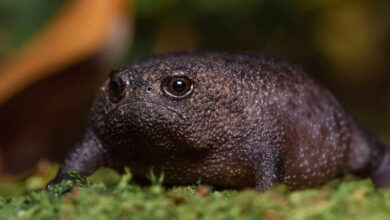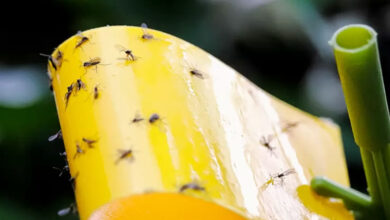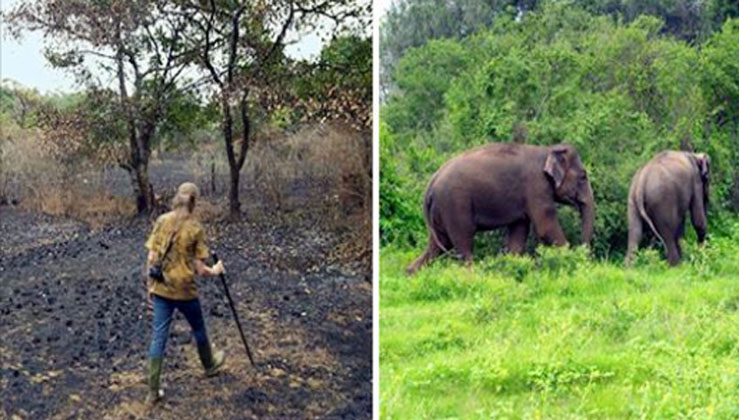
Pamela and Anil Malhotra have spent over two decades restoring a degraded patch of land in South India into a lush sanctuary now teeming with endangered wildlife and rich biodiversity.
A Vision for Healing the Earth
In 1991, Pamela and Anil Malhotra bought a plot of land in Karnataka’s Kodagu district—a region once blanketed in dense forest but increasingly stripped bare due to agricultural expansion and logging. The land they purchased had been left abandoned: overused rice paddies, degraded coffee fields, and cardamom plantations. “We saw an opportunity to give something back to the planet,” said Pamela. The couple envisioned a forest sanctuary where wildlife could roam freely and native ecosystems could thrive once more.
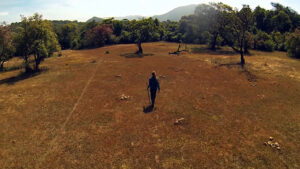
Rebuilding a Forest, Tree by Tree
The restoration was anything but easy. Years of cultivation had sapped the soil of nutrients, and invasive species had taken over. But with relentless effort, the couple began planting native trees and allowing natural succession to take hold. Slowly, the land began to transform. Pamela recalled, “I remember walking through the property early on—you couldn’t hear anything but your own footsteps. Now, the forest is alive with birdsong and the rustle of animals.”
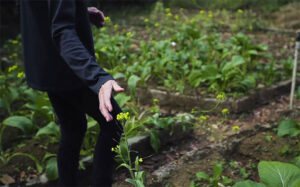
A Refuge for Endangered Species
Today, their creation—SAI Sanctuary—spans over 300 acres and has become India’s only private wildlife sanctuary. It’s home to more than 200 globally endangered species, including the elusive Bengal tiger and majestic Asian elephant. Native flora has flourished, and biodiversity has returned in force.

Protecting India’s Fragile Ecosystems
Kodagu, once 86% forested in the 1970s, now retains only about 16% of its original canopy. The Malhotras’ work serves as a critical bulwark against ecological collapse. Forests like theirs help stabilize rainfall patterns, recharge water tables, and mitigate the effects of climate change. The sanctuary not only shelters wildlife but also inspires local communities and environmentalists across India and beyond.
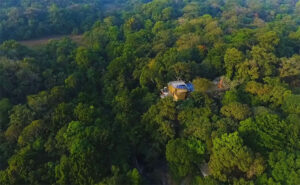
A Legacy of Hope
For Pamela and Anil, the forest is more than a project—it’s a purpose. “We both feel a tremendous amount of joy walking through the sanctuary,” Pamela shared. “I’ve never felt this kind of joy in anything else I’ve done in my life.” Their goal now is to ensure the forest continues to grow, protected for future generations and cherished as a symbol of what’s possible when humans live in harmony with nature.




